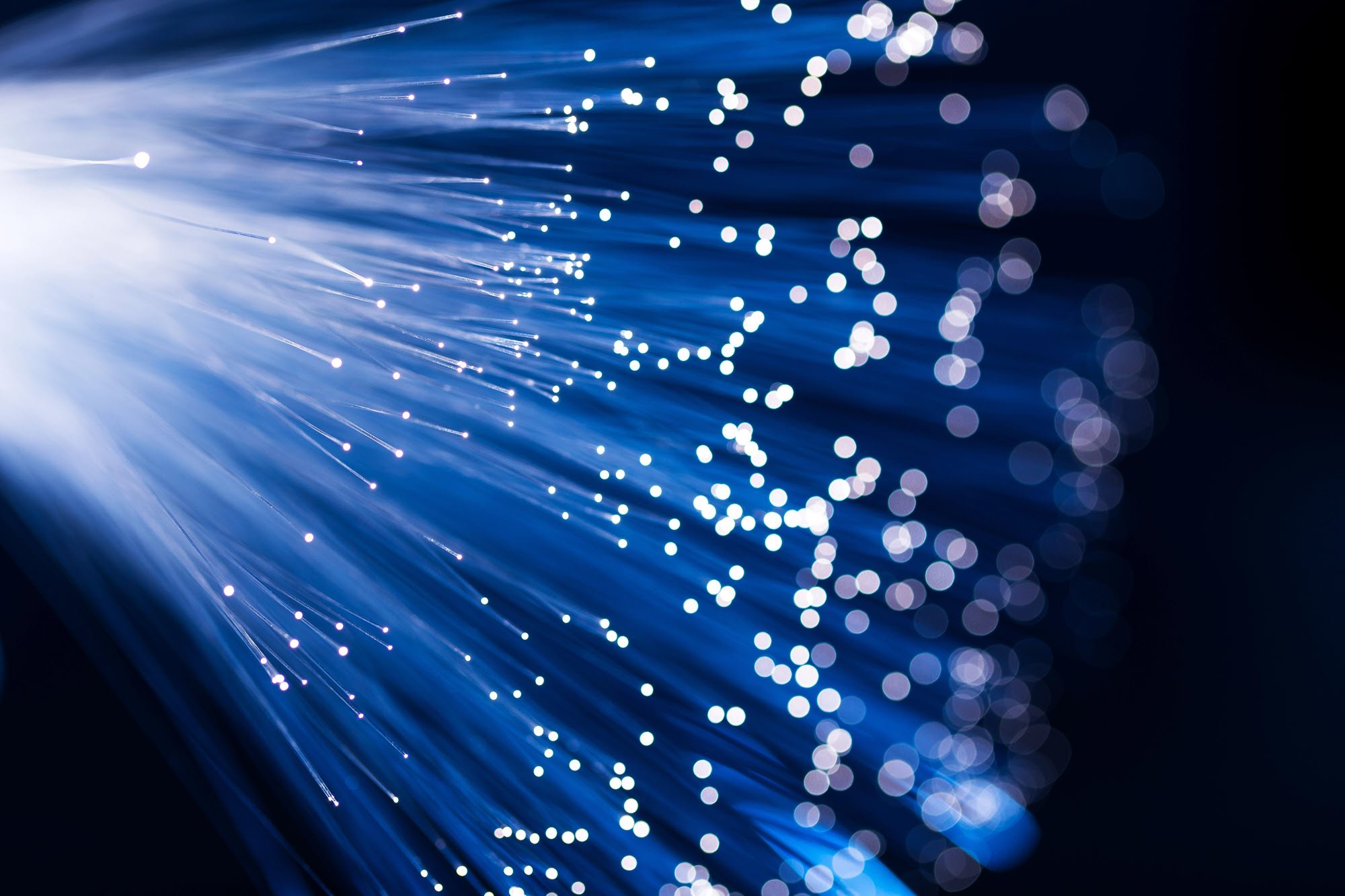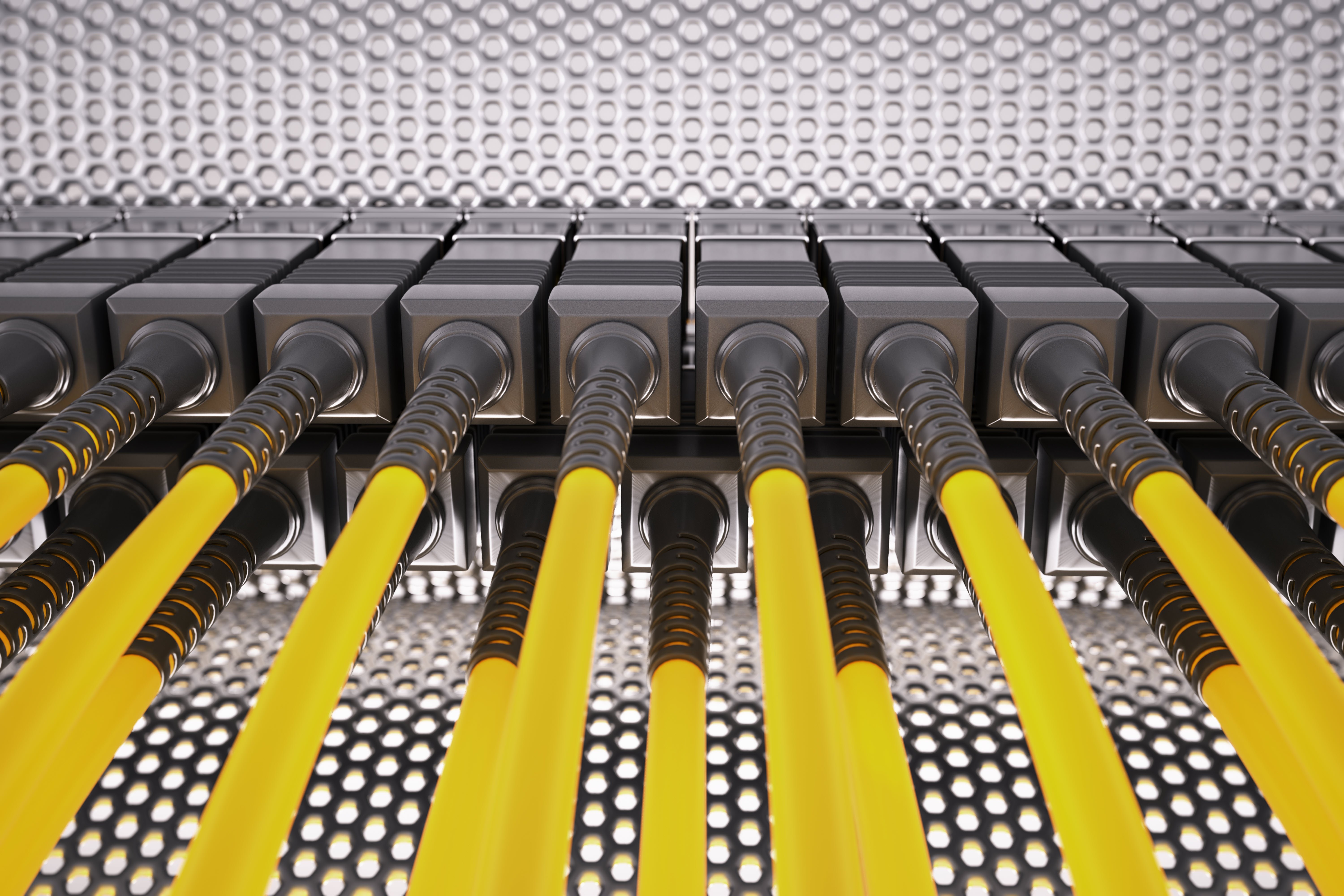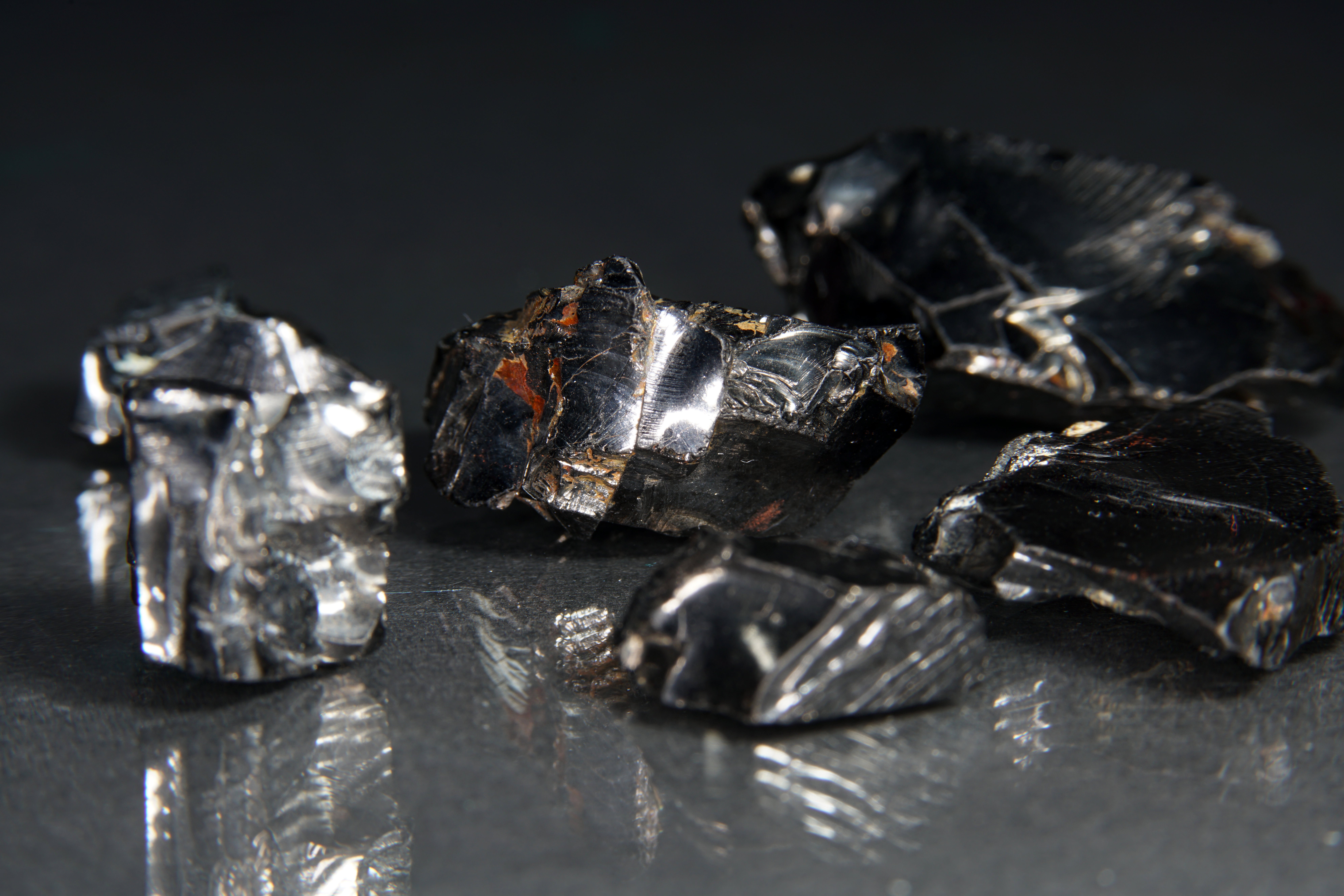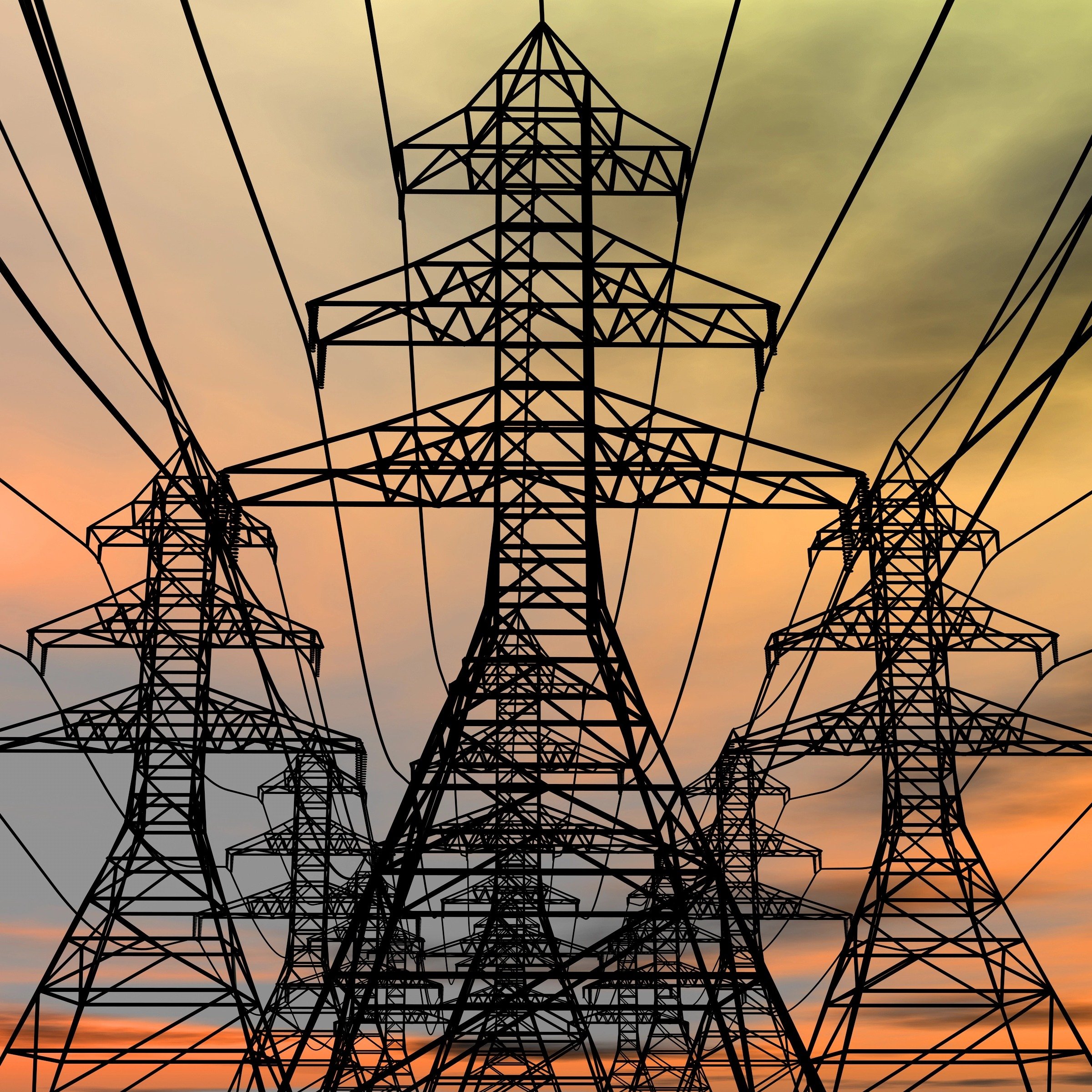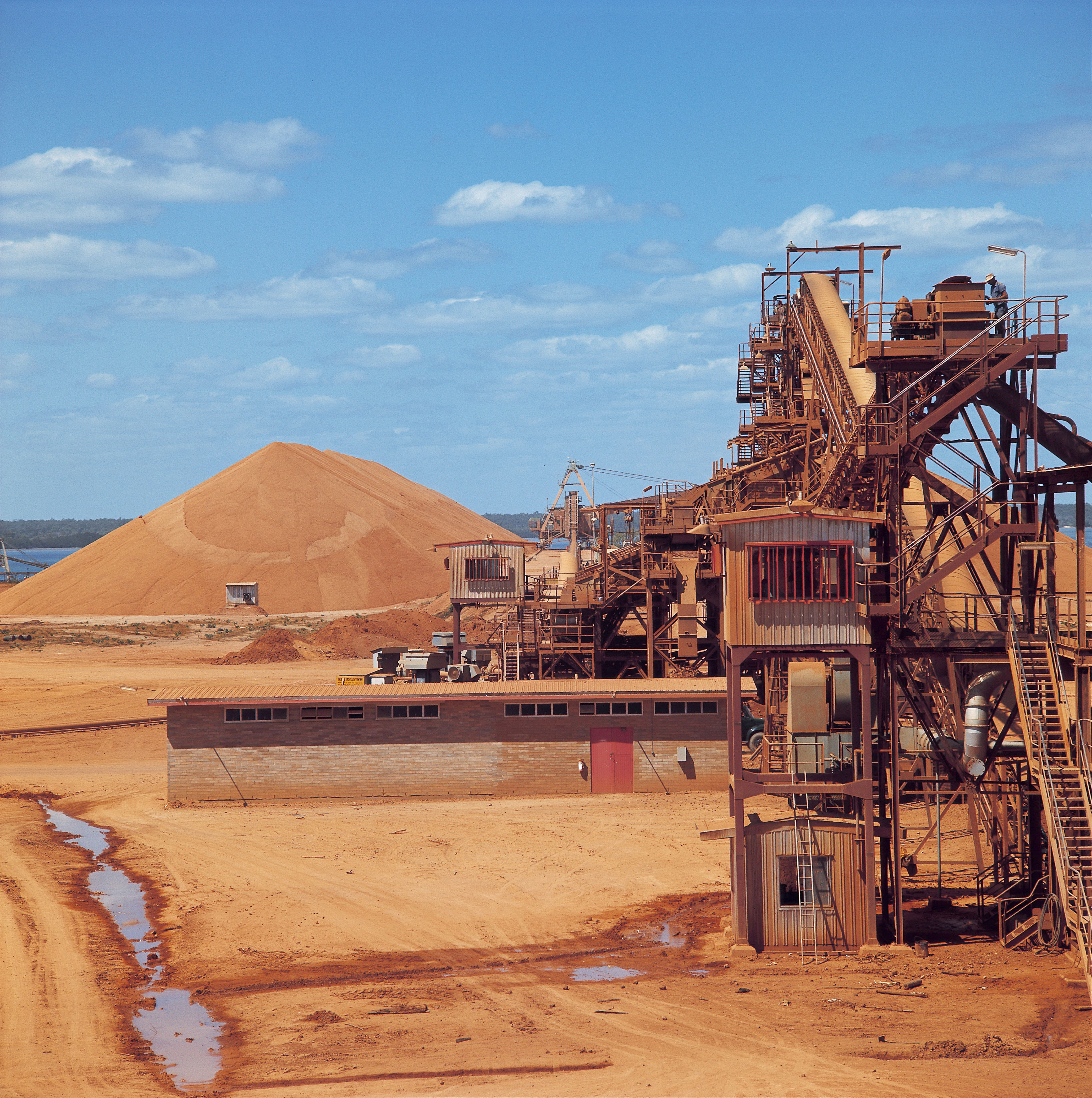CRU’s Wire and Cable team have recently dug deep into the data centre market around the world, which has seen rapid growth in recent years in major regions such as North America, Europe and China. Following an extensive consultation period with the industry and senior leaders across CRU, we have published the results of a global data centre market model that tracks demand of both optical fibre and metallic cables.
As discussed in our Optical Fibre and Cable Market Outlook service, CRU forecasts that optical cable demand from data centre applications will account for roughly 5% of total global optical cable demand in 2025. This share is higher in key regions such as North America, where optical cable demand for data centres accounted for 3% of total cable demand in 2025, and will rise to about 7% by the end of the decade.
In our current outlook, both single-mode and multi-mode fibre cable products will see significant consumption growth in all regions in relation to data centre and Generative-AI (GenAI) applications. The methodology and key outcomes of this recent project are detailed below.
AI boom drives global optical cable demand in data centres
Generative AI end-use applications and data centres have become a raging topic around the world, which has translated into extraordinary increases in investment since January 2019. From 2019 until July 2024, spending on data centre construction in the US is up about 210%. This trend will likely translate to increased demand for power cables and low-voltage cables, as AI intensity for power distribution and electrical interconnections requires additional energy consumption.
Through our partnership with Lightcounting, a UK-based market research firm focused on optical transceiver markets, we can translate historical and forecast optical transceiver shipment data into tangible fibre optic cable demand figures. With the shipment data, we utilise different factors such as reach, percentage used of maximum reach, fibre count and average wavelength (for Dense Wavelength Division Multiplexing [DWDM] transceivers).
After applying all the variables, we yield a final result for total single-mode fibre (SMF) and multi-mode fibre (MMF) cable distance for ethernet-transceiver cables, DWDM-transceiver cables, Active Optical Cable (AOC), Active Electronic Cable (AEC) and Direct Attach Copper (DAC) transceiver cables. These are also grouped between AI applications, non-AI applications, and data centre interconnect (DCI). CRU forecasts that optical cable consumption for AI applications grew by 138% in 2024 and will grow by 80% in 2025.
Optical cable and DWDM options needed for higher speeds
Single-mode fibre is the primary choice for connecting geographically dispersed data centres. These high-capacity links, sometimes using DWDM, transmit multiple data streams simultaneously over a single fibre using different wavelengths, significantly increasing bandwidth. Several emerging trends are shaping the future of optical fibre in data centre environments. One notable trend is the migration to 400G and 800G solutions, driven by the ever-growing data demands from cloud computing, artificial intelligence and content delivery networks.
SMF is crucial in enabling these high-speed networks, especially for hyperscale data centres that require long-distance, high-bandwidth connections. Silicon photonics is also gaining traction, offering the potential to reduce the cost and power consumption of high-speed optical transceivers by integrating optical and electronic components on a single chip.
Additionally, OM5 fibre, a new generation of MMF, supports multiple wavelengths on a single fibre, allowing for higher data rates and extending MMF’s viability for future short-distance, high-speed connections. These technological advancements are paving the way for more efficient, scalable and cost-effective optical fibre solutions in data centres, enabling them to meet the growing demands of the digital economy.
AI applications primarily driving global optical growth in DCs
Overall, the outlook for optical cable demand in data centres remains robust, driven by the rapid expansion of AI applications and increasing data transmission needs. Single-mode fibre will continue to dominate long-distance, high-capacity connections, particularly as data centres migrate to 400G and 800G solutions.
Technological advancements like silicon photonics and OM5 multi-mode fibre are set to enhance efficiency while reducing costs. Our results are divided by three main categories – AI applications, non-AI applications and Interconnect (DCI). In 2024, cable demand for AI applications achieved its highest growth rate at 137% y/y. In addition, starting in 2025, AI applications cable demand is forecast to continue its surge past non-AI at 77% y/y and have an expected five-year CAGR of 26% until 2029.
The sector is poised for sustained expansion as data centres evolve to meet escalating digital economy demands. The combination of DWDM technology and next-generation fibres will be crucial in supporting the exponential growth in data traffic while enabling more cost-effective and energy-efficient connectivity solutions.







